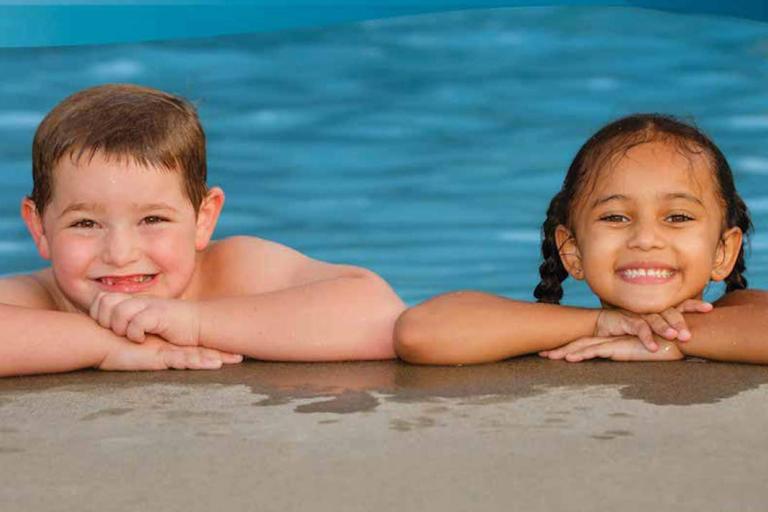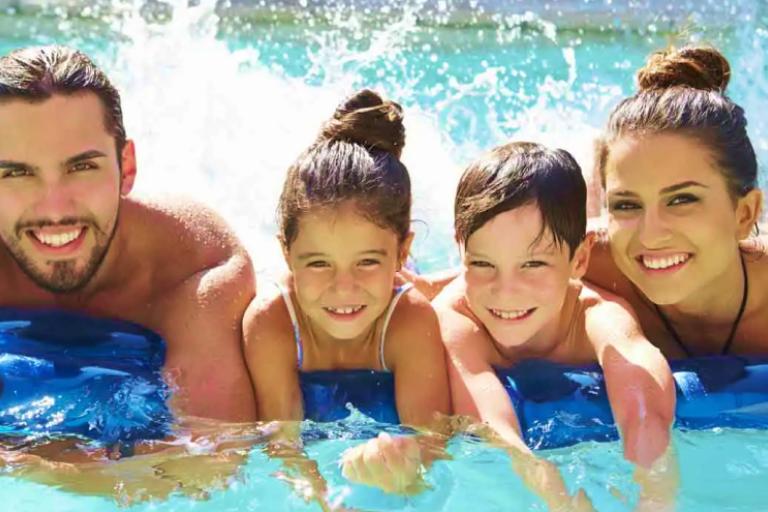Children need extra swim lessons before high school warns Royal Life Saving

New research shows that the risk of drowning rises sharply for teenagers, surging 1300 per cent between the ages of 10 and 20 years.
In light of this data, parents are urged to consider a “second dose” of swimming lessons for their children before they start high school.
Royal Life Saving Australia (RLS) is urging parents to enrol their eight, nine and 10-year-olds in swimming and water safety lessons, warning that too many children miss out on the vital skills that keep them safe during the riskier years as teenagers and young adults.
Worryingly, new data shows that drowning in young people aged 15 to 20 has increased by 34 per cent in the five years since 2021, including the covid-19 pandemic, compared to the five years prior. RLS estimates more than 10 million swimming lessons were missed due to the pandemic.
CEO Dr Justin Scarr says that five years on, many of those children are teenagers who can’t swim but are likely to be exposed to rivers and beaches, where strong swimming skills are important.
“The decline in swimming skills in children is a key factor driving elevated drowning in teenagers and young adults, where unsupervised swimming at rivers and beaches, risk taking with friends, and falls from rocks or jetties, mean poor swimming skills can have life threatening consequences,” he says.
Research shows 60 per cent of children start lessons before age three, but most have dropped out before age seven. More than half of 10-year-olds and 40 per cent of 15-year-olds can’t swim 50 metres, and most of those may never swim, placing them at life-long elevated risk of drowning.
Scarr says that learning to swim as a young child is a great start – but it’s often not enough to keep them safe as teenagers or last a lifetime.
“If your children quit lessons before seven, a second dose of swimming at age 10 or before could be a lifesaving decision,” he says.
To help parents assess their children at age of 10, before drowning risk elevates, Royal Life Saving is providing the following checklist:
Can your 10-year-old swim 50 metres and float for two minutes?
If they fell from a boat or slipped off rocks, could they float and/or swim 50 metres to 100 metres to reach safety?
If peer pressure meant they jumped from a jetty or rocks, could they swim to safety?
If they were caught in a river current, would they know what to do to help them survive?
If the answer is no, or they are not sure, then Royal Life Saving is encouraging parents to:
Contact your nearest swim school and consider enrolling in lessons or vacation program;
Or spend more time at the local swimming pool over summer to boost their skills.
Other options for teenagers are to consider joining a swimming or lifesaving club, doing a bronze medallion or trying any of the swimming-based sports like water polo or learning to surf.
IMAGE: Supplied (RLS)




